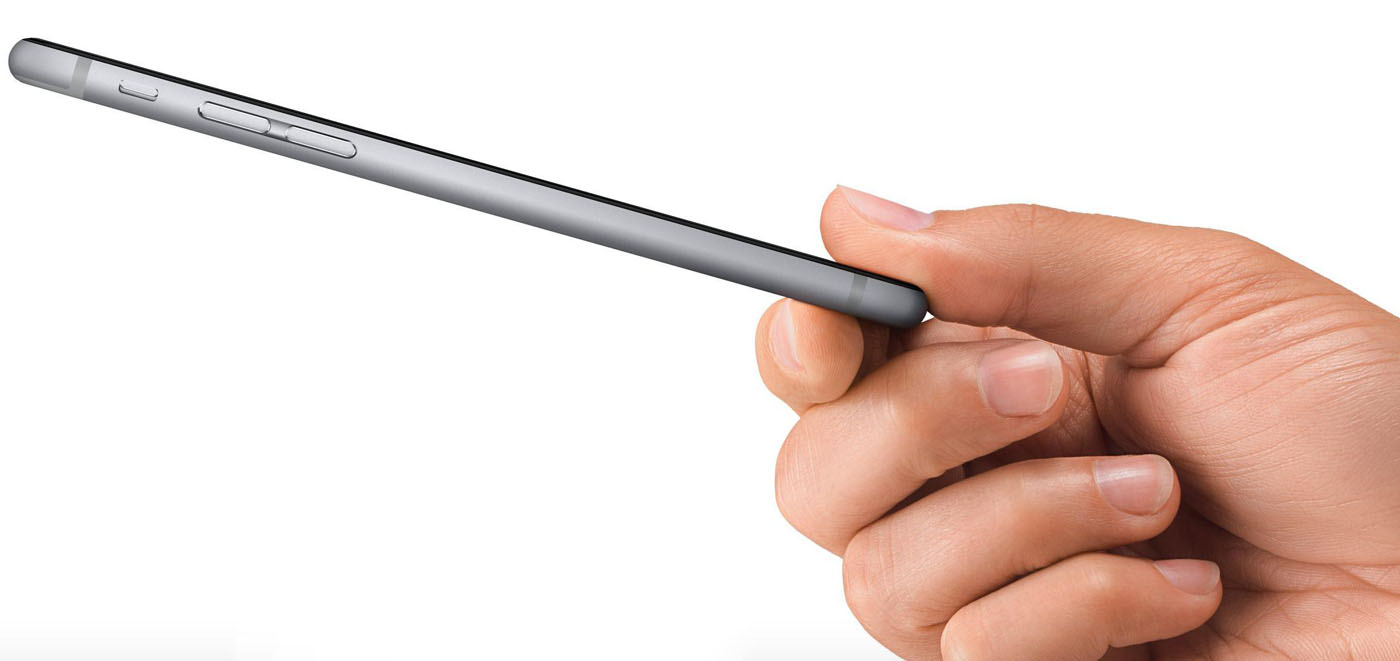
Apple applies for patent for person-to-person payments, secured by Touch ID
When I suggested that Apple could in the future move beyond Apple Pay to become a bank, a couple of you observed that person-to-person payments might make a logical next step in that direction. It appears Apple may agree: Patently Apple notes that the company today applied for a patent for a method of transferring money from one iPhone to another.
Using electronic devices (such as cellular telephones) that communicate wirelessly, two individuals can make person-to-person payments. In particular, an individual using an electronic device may identify another proximate electronic device of a counterparty in a financial transaction, and may provide an encrypted payment packet to the other electronic device that includes: a financial credential for a financial account of the individual, a payment amount, and a payment sign.
The transaction would appear to take place in the Wallet app, and Touch ID would be used to authorize both ends of the transaction.
The user interface may display a prompt to the user to provide authentication information (such as ‘please touch the fingerprint sensor’).
Payments would be credited to a choice of “payment vehicles,” read: bank accounts and cards that can accept transfers from third-parties. The patent of course notes that all data transmitted between both the iPhones and the payment processor would be encrypted.
Timothy Hurley, Senior Director of Apple Pay Engineering, is listed as one of the inventors.


